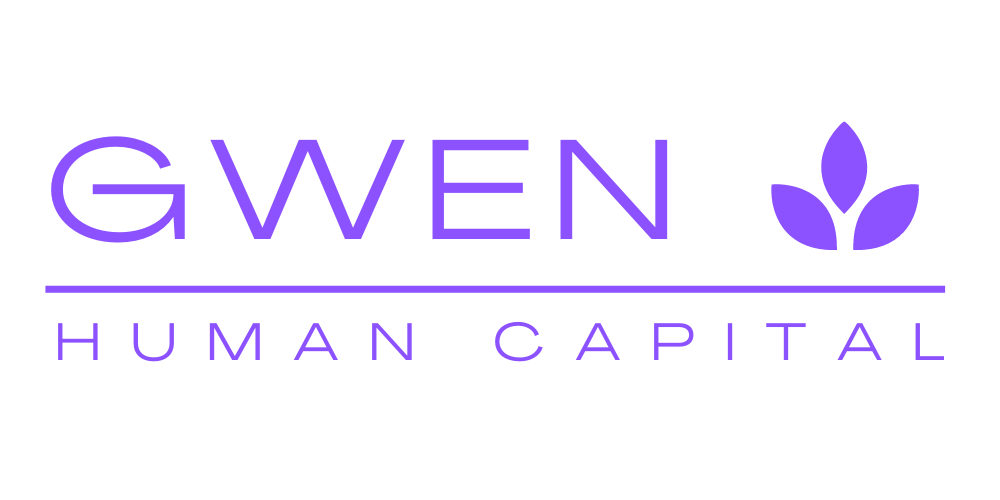Why Flexibility is the Biggest Advantage of Remote Staffing
In today’s fast-changing business world, success depends on more than just keeping costs low. Companies also need to be agile and adaptable. That’s why many Canadian businesses are turning to remote staffing solutions — not only to save money but to gain the flexibility that traditional hiring can’t provide.
The Limits of Traditional Hiring
Hiring a full-time, in-house employee in Canada comes with a long list of commitments:
Annual salary ranging from $40,000–$60,000+
Benefits and payroll taxes that add another 20–30%
Office space and equipment costs that pile on even more
This structure works for stable, predictable environments. But in reality, most businesses experience seasonal fluctuations, shifting demands, or sudden growth opportunities. Traditional staffing makes it difficult — and expensive — to adjust.
Flexibility with Remote Workers
Remote staffing offers businesses the ability to scale teams up or down quickly. Here’s how flexibility becomes a true advantage:
1. Adjust to Seasonal Workloads
Whether it’s tax season for an accounting firm or the holiday rush for an e-commerce store, workloads change throughout the year. Remote workers allow you to add extra support during busy periods and scale back when things slow down — without layoffs or wasted payroll.
2. Hire for Specific Skills, Only When You Need Them
Instead of hiring a full-time employee for one specialized task, you can bring in a remote worker for short-term projects. Need help with lead generation, bookkeeping, or graphic design? Hire a specialist for exactly the hours required.
3. Expand Coverage Across Time Zones
Remote teams give businesses the ability to offer customer service or sales outreach beyond the standard 9–5. With access to talent in different time zones, you can deliver extended coverage without exhausting your local staff.
4. Faster Scaling for Growth
When opportunity strikes, speed matters. Remote staffing allows businesses to scale quickly without the delays of recruiting, onboarding, and setting up office space for new employees.
Cost Savings Combined with Agility
The flexibility of remote staffing doesn’t just make operations smoother — it also makes them more cost-efficient. While a mid-level in-house assistant in Canada might cost $55,000–$65,000+ per year (including benefits and overhead), a skilled remote worker can often be hired for $1,800–$2,800 CAD per month ($22,000–$34,000 annually).
That’s a savings of $20,000–$30,000+ per year per employee — while also giving you the freedom to scale up or down as your business evolves.
Final Thoughts
For Canadian businesses, the biggest advantage of remote staffing isn’t just the cost savings — it’s the flexibility. From handling seasonal spikes to expanding global reach, remote workers give companies the ability to adapt quickly and stay competitive.
If your business is ready to grow smarter and more agile, now is the time to explore how remote staffing can give you the edge.
